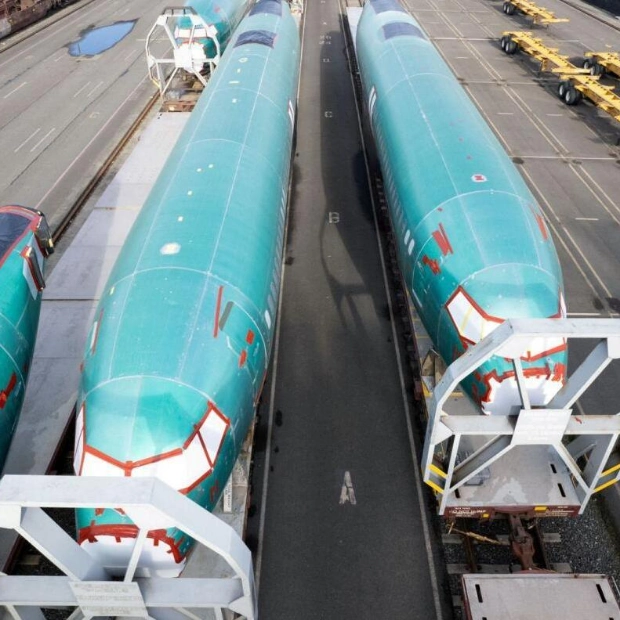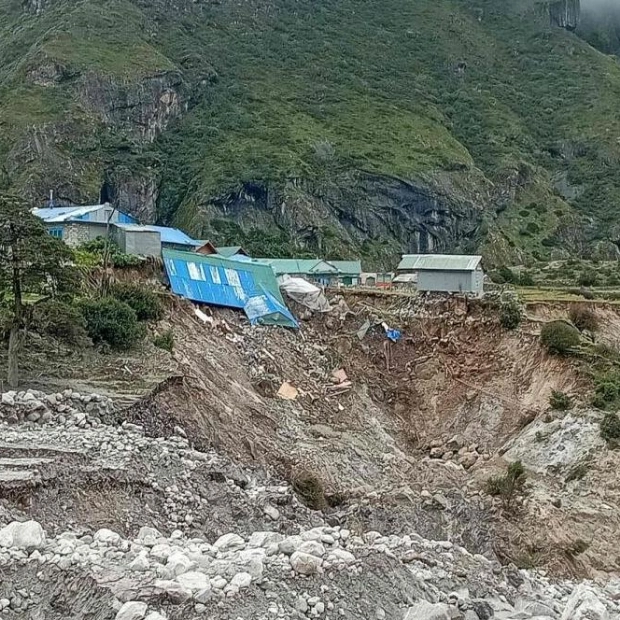Teenage student Aniksha is glad to be back in class in India's capital, even though the smog that forced her school to close last month has not yet cleared. New Delhi and its surrounding metropolitan area, home to over 30 million people, is often shrouded in a thick, acrid haze during winter. The public health crisis has worsened over the years, leading to weeks-long school closures in the capital to protect vulnerable children from harmful air quality, now an annual occurrence.
For students like Aniksha, these closures are a monotonous routine that disrupts their learning and keeps them isolated at home. "It's boring to stay at home," Aniksha, who uses only one name, told AFP on the grounds of her government school in the capital's west. "I'm happy that class is back. You can do more in school. You can interact with the teachers and also get their help." Nearly two million students across Delhi were out of school for more than two weeks last month as the skies turned a sickly yellow-grey.
At the peak of the smog, levels of PM2.5 — dangerous microparticles that can cause cancer and enter the bloodstream through the lungs — surged more than 60 times the World Health Organisation's recommended daily maximum. Delhi's government allowed schools to reopen last week, and many have resumed in-person classes. However, the crisis has not eased, with PM2.5 levels still 16 times the WHO limit on Tuesday, and the city frequently ranking as the world's most polluted by monitoring company IQAir.
Schools are instructed to offer online alternatives during smog closures to minimize disruption to lessons. In reality, remote learning underscores the disparity between the city's affluent and its urban poor. "Online teaching doesn't help much; many children don't have smartphones or struggle for network," language teacher Vandana Pandey, 29, told AFP. Pandey noted that school closures do nothing to protect the health of students at her government school, who cannot shield themselves from the toxic air.
Delhi is enveloped each winter by a mix of factory emissions, vehicle exhaust, and smoke from seasonal crop burn-offs by farmers. This toxic blend lingers for weeks due to cooler temperatures and slow-moving winds. A study in the Lancet medical journal attributed 1.67 million premature deaths in India to air pollution in 2019. The foul air severely impacts children, increasing the risk of acute respiratory infections, according to a UN children's agency report in 2022. A 2021 study in the medical journal Lung India found nearly one in three school-aged children in the capital were afflicted by asthma and airflow obstruction.
Piecemeal government initiatives, such as partial restrictions on fossil fuel-powered transport and water trucks spraying mist to clear particulate matter from the air, have failed to make a noticeable improvement. School closures are also meant to improve air quality by reducing the number of Delhi residents commuting each day. However, Kashish, a sanitation worker and mother of two young students, told AFP that this year's closures had no impact on pollution levels.
Source link: https://www.khaleejtimes.com






